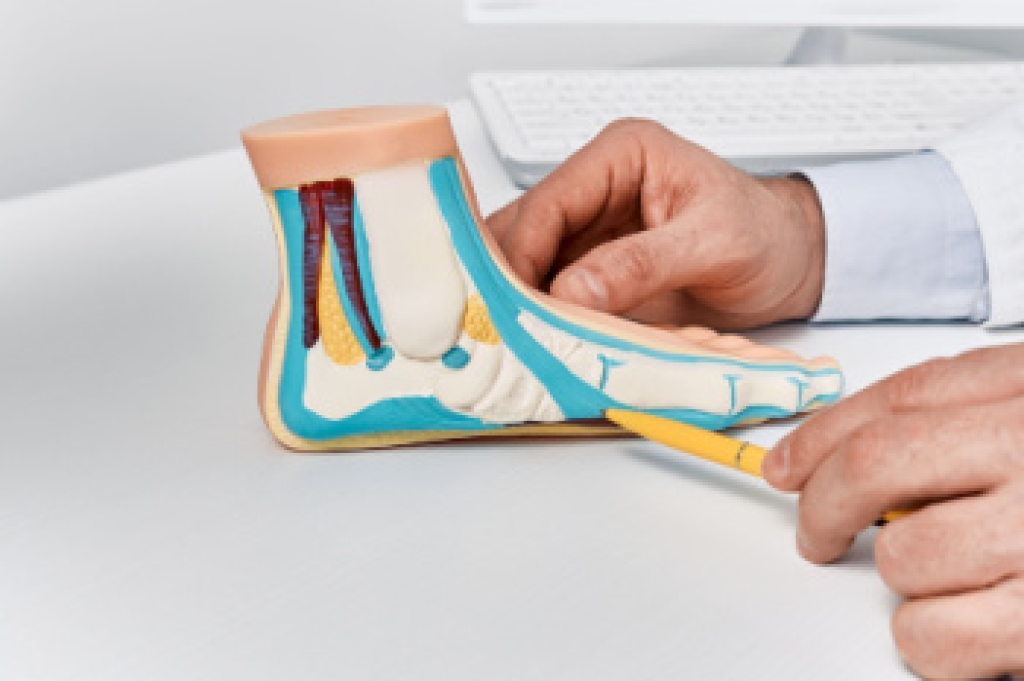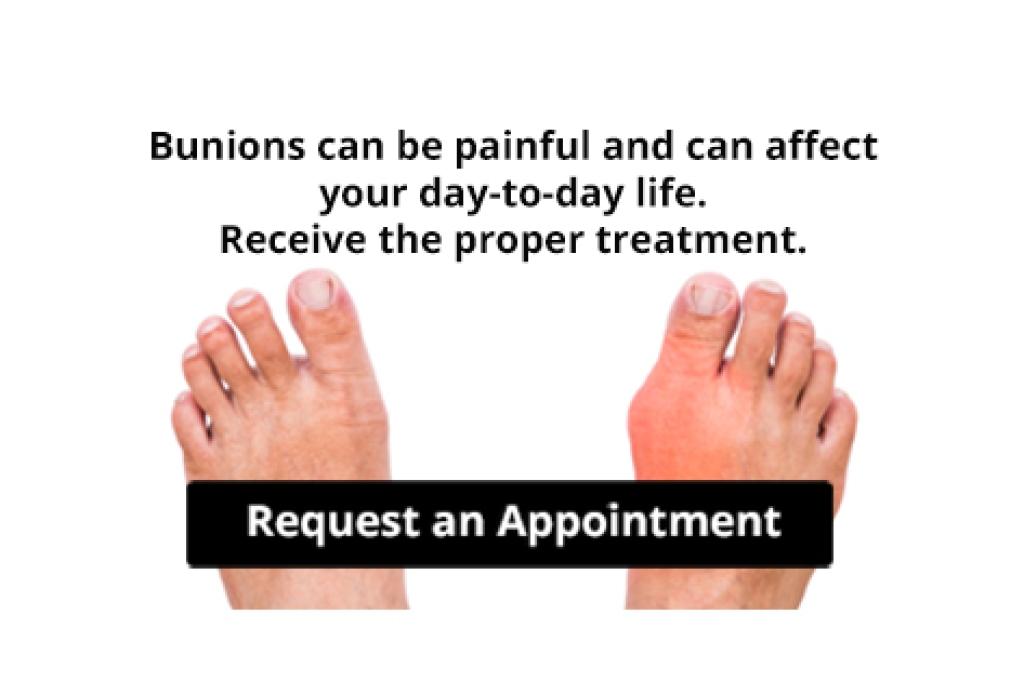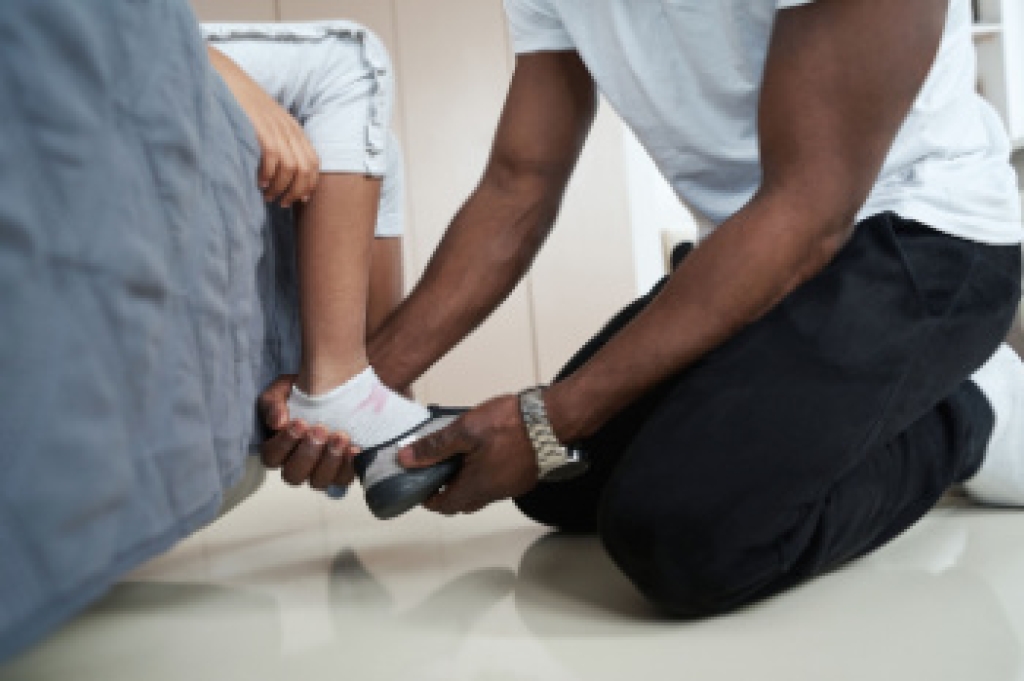
Rheumatoid arthritis is an inflammatory condition that often targets the small joints in the feet and ankles. Certain lifestyle habits may influence both the development and progression of the disease. Smoking is linked to increased joint damage and may reduce the effectiveness of medication. Excess body weight adds pressure to the joints, increasing pain and limiting mobility. Staying active with low-impact exercise can help preserve range of motion and improve strength without adding stress. Wearing supportive footwear and cushioned insoles may ease discomfort during daily movement. Attention to stress levels, nutrition, and rest also plays a role in managing symptoms and maintaining joint health. If you are noticing pain, stiffness, or swelling in your feet and ankles, it is suggested that you schedule an appointment with a podiatrist for additional relief options.
Because RA affects more than just your joints, including the joints in your feet and ankles, it is important to seek early diagnosis from your podiatrist if you feel like the pain in your feet might be caused by RA. For more information, contact one of our podiatrists of Westside Podiatry Center, LLP. Our doctors will assist you with all of your podiatric concerns.
What Is Rheumatoid Arthritis?
Rheumatoid Arthritis (RA) is an autoimmune disorder in which the body’s own immune system attacks the membranes surrounding the joints. Inflammation of the lining and eventually the destruction of the joint’s cartilage and bone occur, causing severe pain and immobility.
Rheumatoid Arthritis of the Feet
Although RA usually attacks multiple bones and joints throughout the entire body, almost 90 percent of cases result in pain in the foot or ankle area.
Symptoms
- Swelling and pain in the feet
- Stiffness in the feet
- Pain on the ball or sole of feet
- Joint shift and deformation
Diagnosis
Quick diagnosis of RA in the feet is important so that the podiatrist can treat the area effectively. Your doctor will ask you about your medical history, occupation, and lifestyle to determine the origin of the condition. Rheumatoid Factor tests help to determine if someone is affected by the disease.
If you have any questions, please feel free to contact one of our offices located in Liverpool, Camillus, Skaneateles, Oswego, and Cicero, NY . We offer the newest diagnostic and treatment technologies for all your foot care needs.




